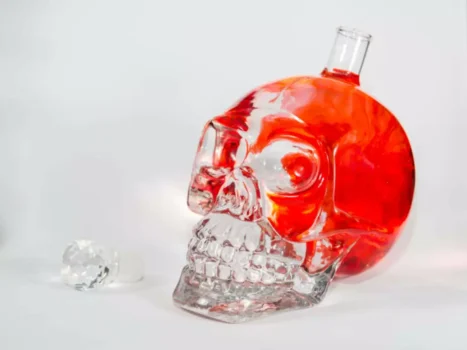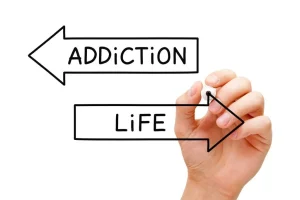
Functional alcoholism can be overcome with time and treatment, but one cannot wish it away or take command of it through willpower alone. According to this study, even in highly-educated and high-functioning groups of men, alcohol abuse and dependence predicted the onset and cessation of alcohol-related problems. The NESARC is a nationally-representative survey that looks at alcohol, drug, and mental disorders in America. 5 types of alcoholics Roughly 1500 respondents from different parts of the country who meet the medical criteria for a diagnosis of Alcohol Use Disorder were included—both receiving and not receiving treatment. In the past, identification methods for alcoholic subtypes focused on drinkers who were hospitalized or receiving some other type of medical treatment. Additional alcohol research information and publications are available at
Intermediate familial alcoholics

It is unclear, however, whether this statistic is accurate because they watched alcoholic behavior growing up or whether they have a genetic disposition to inherit the disorder. Outpatient treatment programs are usually the best course of treatment for a high-functioning alcoholic, likely supplemented by an initial period of medical detox. But the NIAAA’s National Epidemiologic Survey on Alcohol and Related Conditions indicates that just 25% of alcoholics ever receive any type of treatment. This means most alcoholics – and their subtypes – were never represented in earlier research.
Functional Alcoholism Treatment and Recovery
They begin drinking around age 16 and develop alcohol dependence later, around 29 years of age. This group has the highest rates of drinking, consuming alcohol on an average of almost 248 days a year and binge drinking on 69% of them with a maximum of 15 drinks. Almost 27% of intermediate familial alcohol dependents have sought help for their drinking problem. They tend to prefer self-help groups, detoxification programs, specialty treatment programs and individual private health care providers. Almost 35% of young antisocial alcoholics have sought help for their alcohol dependence problems. They tend to go to self-help groups, alcohol detox programs, specialty treatment programs, and private health care providers.
Severity Levels of Alcohol Use Disorder

They drink more heavily than any other type of alcoholic, consuming alcohol 248 days of the year on average and drinking five or more drinks 69 percent of the time. When they do seek treatment, they’re more likely to attend a 12-step group or seek treatment from private health care professionals. Of this type, about 76% are male and only 7.6% have received a college degree, although another 13.4% are still in school. Family incomes average around $32,000, the lowest among the subtypes alongside the chronic severe subtype. Binge drinking is a pattern of excessive alcohol use that increases the risk for developing tolerance and then physical dependence on alcohol that can then lead to addiction. According to NIAAA, around 20 percent of college students struggle with alcohol addiction.

According to a 2021 Gallup study, 60% of adults are alcohol drinkers, and 18% sometimes drink too much. While there are many types of alcoholics, people don’t have to be raging alcoholics to have a drinking problem. We’ll look at the different types of alcoholism and how knowing them may help identify problem drinking. The young adult subtype is less likely to have a full-time job but is more likely to be in college than other groups. This subtype drinks less frequently than others but is very likely to engage in binge drinking when they do.
NIAAA researchers found that there were five distinct patterns of alcohol dependence.
- Discuss your family member’s alcohol use openly and bring up the idea of treatment.
- Only 17% of functional alcoholics have ever sought help for their alcohol dependence.
- About 27 percent of intermediate familial alcoholics have ever sought help for their drinking.


